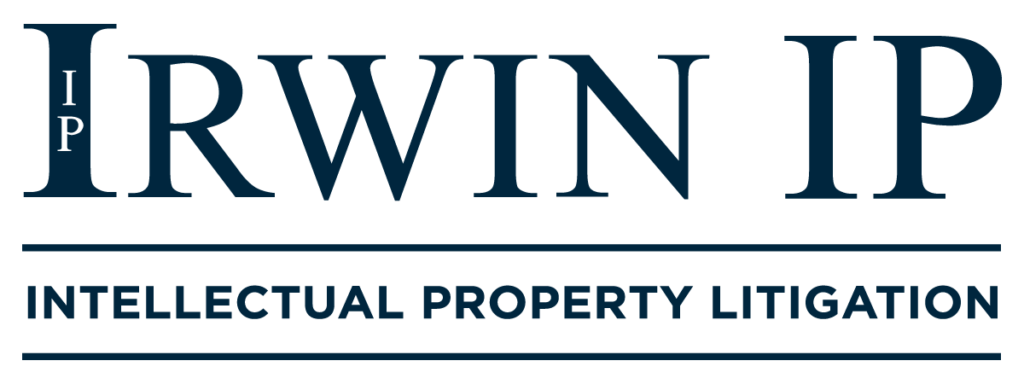LKQ Corp. (NASDAQ:LKQ) achieved a significant legal victory as the U.S. Court of Appeals for the Federal Circuit overturned a prior decision favoring General Motors Co. (NYSE:GM) in their dispute over fender design patents. The court’s full-court decision discarded a long-standing validity test for design patents, remanding the case to the U.S. Patent Office.
To read the full article, visit: https://finance.yahoo.com/news/federal-circuit-overturns-gms-patent-161756553.html
Today, on May 21st, Irwin IP secured a monumental win for our client in the case of LKQ v. GM, which was argued before the en banc Federal Circuit in February. In a decisive ruling, all ten judges concurred with LKQ’s arguments, resulting in the previous panel opinion being vacated and the case being remanded for further proceedings consistent with the en banc panel’s ruling.
This landmark decision not only represents a significant triumph for our client, LKQ Corporation, but also marks a pivotal shift in design patent law jurisprudence that has been in effect for over 40 years. With this decision, the en banc Federal Circuit overruled the long-standing precedent set by Rosen (1982) and Durling (1996) and, as advocated by LKQ, adopted an obviousness framework that aligns more closely with Supreme Court precedent.
This change is poised to have far-reaching implications for design patent litigation and design innovation, as it brings greater clarity and consistency to the assessment of the obviousness and patentability of designs.
At Irwin IP, we are dedicated to delivering exceptional legal representation and achieving outstanding results for our clients. This victory underscores not only our commitment to excellence for our clients but also our ability to impact meaningful changes in the law.
We extend our deepest gratitude to our talented team and our client for their trust and collaboration throughout this process.
Read the full ruling here.
——–
Irwin IP specializes in mission-critical intellectual property and technology litigation, catering to a diverse client base, including Fortune 500 companies and innovative startups. Our expertise extends to enforcing and protecting intellectual property portfolios, ensuring our clients’ product lines, worth hundreds of millions annually, remain secure. Notably, we routinely, successfully litigate against the largest, most prestigious law firms representing the largest companies in the world on matters valued in the tens and hundreds of millions.
In a landmark decision, the Federal Circuit has overturned decades-old tests for determining the obviousness of design patents, deeming them “improperly rigid.” Irwin IP, representing LKQ Corp., secured a significant victory as the en banc court vacated a previous ruling against LKQ in a dispute over a GM design patent. The court mandated using the more flexible obviousness test applied to utility patents, aligning with Supreme Court precedent despite concerns about potential short-term uncertainty.
To read the full article, visit: https://www.law360.com/articles/1839492/breaking-full-fed-circ-throws-out-rigid-tests-for-design-patents
*This article is located behind a paywall and is only available for viewing by those with a subscription to Law360.
On May 9, 2024, the Supreme Court held that copyright owners may obtain damages beyond the three-year statute of limitations under the Copyright Act. As this case originated from a circuit that applies the discovery rule to the Copyright Act, the Supreme Court assumed that the discovery rule applied and deferred its determination on that issue. While not explicitly stated, this decision did not disturb the three-year limitation on damages in circuits that apply the injury rule, where a claim accrues from when infringement occurs.
In 1983, Sherman Nealy and Tony Butler formed a joint venture called Music Specialist, Inc., which recorded and released one album and several singles (the “works”). The venture dissolved a few years later, and Nealy went to prison for drug-related offenses from 1989 to 2008 and 2012 to 2015. During that time, and without Nealy’s knowledge, Butler entered an agreement with Warner Chappell Music to license the works from the Music Specialist catalog.
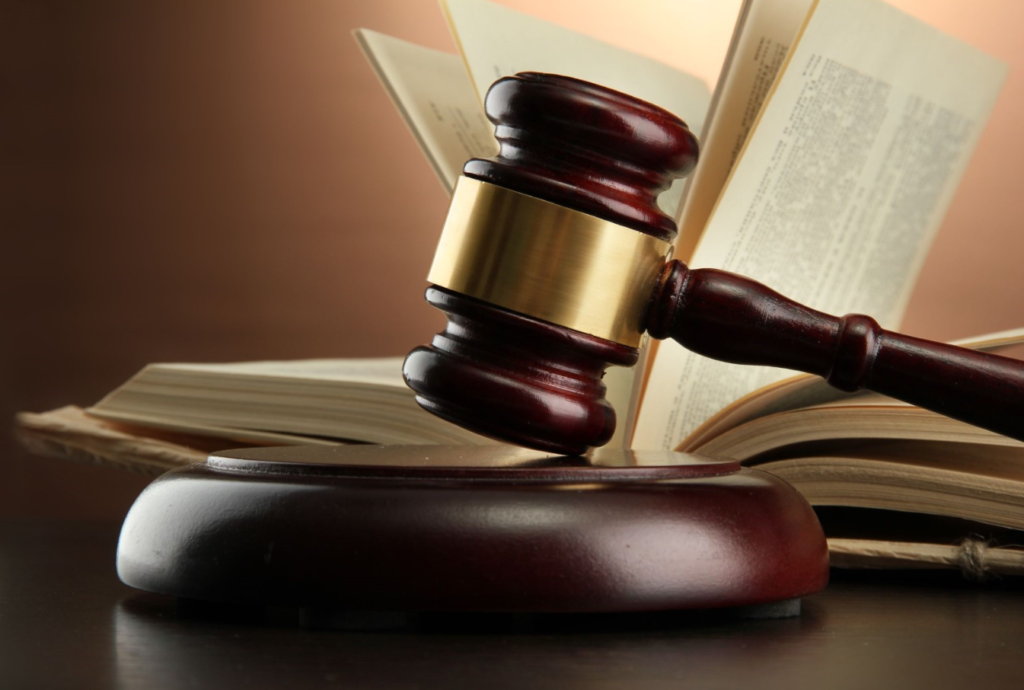
In 2016, Nealy discovered that Warner Chappell Music was using the works without his permission and, in 2018, sued for copyright infringement, alleging that he held the copyrights to Music Specialist’s songs and that Warner Chappell and others were using the works based on invalid licenses to the copyrights that they obtained from third parties. The district court found that Nealy’s claims were timely under the discovery rule, where a claim accrues from when infringement is discovered, but that he was limited as to his recovery of damages. The district court accepted Warner Chappell’s argument that Nealy could recover damages for only those infringements occurring in the last three years. Nealy appealed to the Eleventh Circuit, which reversed and found that Nealy could recover damages beyond three years. Warner Chappell appealed to the Supreme Court on the basis that the Eleventh Circuit’s decision conflicted with the Second Circuit’s decision in Sohm v. Scholastic Inc.
The Supreme Court affirmed, finding that copyright owners may indeed recover damages beyond the three-year statute of limitation for bringing a claim. Under the Copyright Act, a plaintiff must file suit “within three years after the claim accrued.” 17 U. S. C. §507(b). However, that provision and the Act’s remedial sections do not establish a separate three-year limit on recovering damages. The Supreme Court rejected the Second Circuit’s decision, interpreting the statement that the Copyright Act’s statute of limitations allows plaintiffs “to gain retrospective relief running only three years back from” the filing of a suit to “merely describe[] how the limitations provision works when a plaintiff has no timely claims for infringing acts more than three years old.” Nealy, on the other hand, had invoked the discovery rule to bring claims for infringing acts occurring more than three years before the suit. Notably, as Warner Chappell did not challenge the discovery rule, the Court did not decide whether the discovery rule or the injury rule properly determines when a copyright claim accrues.
Although the Supreme Court has seemed to open up the gates for copyright owners to obtain relief potentially occurring many years ago, it also promotes forum shopping as copyright owners may benefit from a circuit that follows the discovery rule and infringers may be strongly motivated to file a declaratory judgment in a circuit that follows the injury rule. Regardless, this decision may be short lived should the Supreme Court later decide that the discovery rule is not tolerated under the Copyright Act.
On April 25, 2024, Judge Richard G. Andrews from District of Delaware found that Siri, the digital assistant produced by Apple, is not subject to the patent marking requirement pursuant to 35 U.S.C. § 287(a) because it is an intangible product.
Plaintiff IPA Technologies Inc. (“IPA Tech”) owns two patents directed to software-based architecture that “supports cooperative task completion by flexible and autonomous electronic agents.” IPA Tech licensed the patents to Apple, who used them to develop Siri. In 2018, IPA Tech sued Microsoft, alleging that Microsoft’s virtual assistant, Cortana, infringed these patents. During the suit, Microsoft identified Siri as an unmarked product.
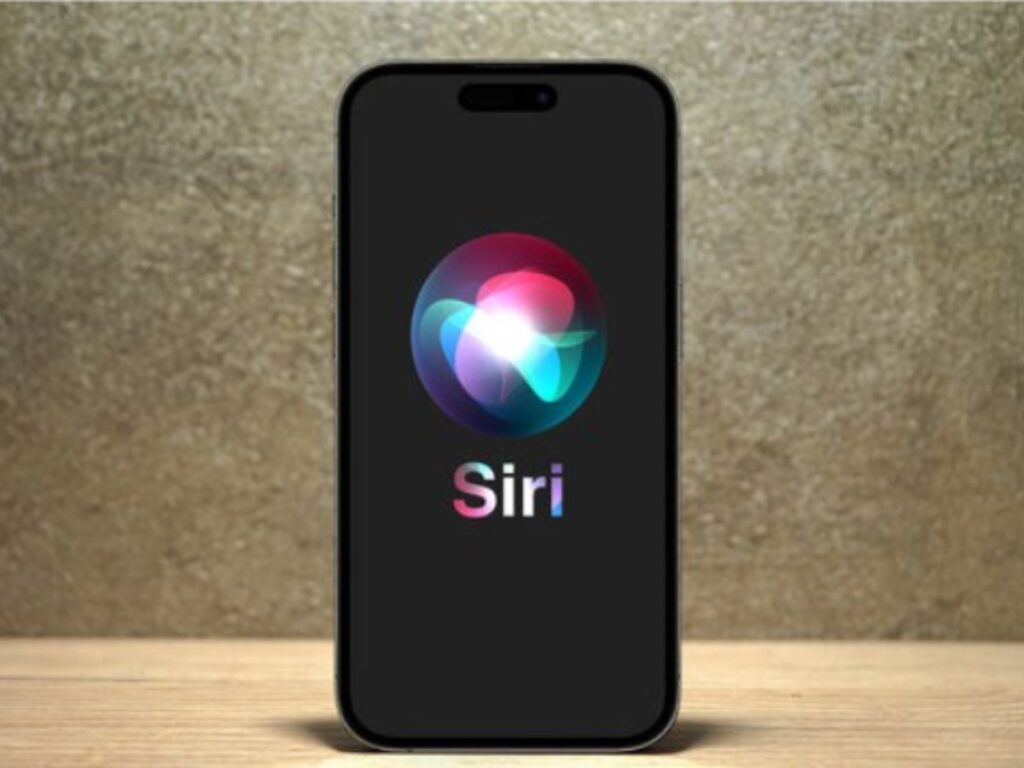
35 U.S.C. § 287(a) provides that the patentee or anyone who is making and selling any “patented article” needs to mark its product with relevant patent number(s) to put the public on notice of the patent(s) to be eligible to obtain pre-suit damages for infringement of the patent. The consequences for failing to mark are significant: “[i]n the event of failure so to mark, no damages shall be recovered by the patentee in any action for infringement, except on proof that the infringer was notified of the infringement and continued to infringe thereafter, in which event damages may be recovered only for infringement occurring after such notice.” 35 U.S.C. § 287(a). Where the asserted patent contains both apparatus and method claims, the patentee is required to mark “a tangible item”, if one exists, in order to comply with section 287(a). See Am. Med. Sys., Inc. v. Med. Eng’g Corp., 6 F.3d 1523, 1538–39 (Fed. Cir. 1993).
In this case, the parties disputed whether Siri is a “tangible item” that must be marked, as the asserted claims from one of the asserted patents were method claims. IPA Tech moved for summary judgement, arguing that Siri is a “cloud-based service run from servers that are not sold or publicly available” and therefore “there is no tangible item to mark.” Microsoft disagreed, arguing that Apple, who was the licensee to the asserted patents and “subject to [IPA Tech’s] direction,” could have marked its website. In granting IPA Tech’s motion, the Court recognized that “[t]here appears to be a consensus that ‘a patentee must mark a website either where the website is somehow intrinsic to the patented device or where the customer downloads patented software from the website’” (citation omitted). Next, the Court considered several webpages identified by Microsoft. The Court found that the relevant webpages were Apple’s press releases related to Siri and Apple’s operating system. As such, the Court found that these websites “do not qualify as ‘intrinsic’ to the Siri product.” Based on this finding, the Court ruled that Siri is an intangible product that does not require marking.
This case is a good and relevant reminder that patent practitioners and patentees need to evaluate carefully whether any relevant websites are “intrinsic” to these products, and if the websites are “intrinsic,” mark them or potentially lose entitlement to pre-suit damages under Section 287.
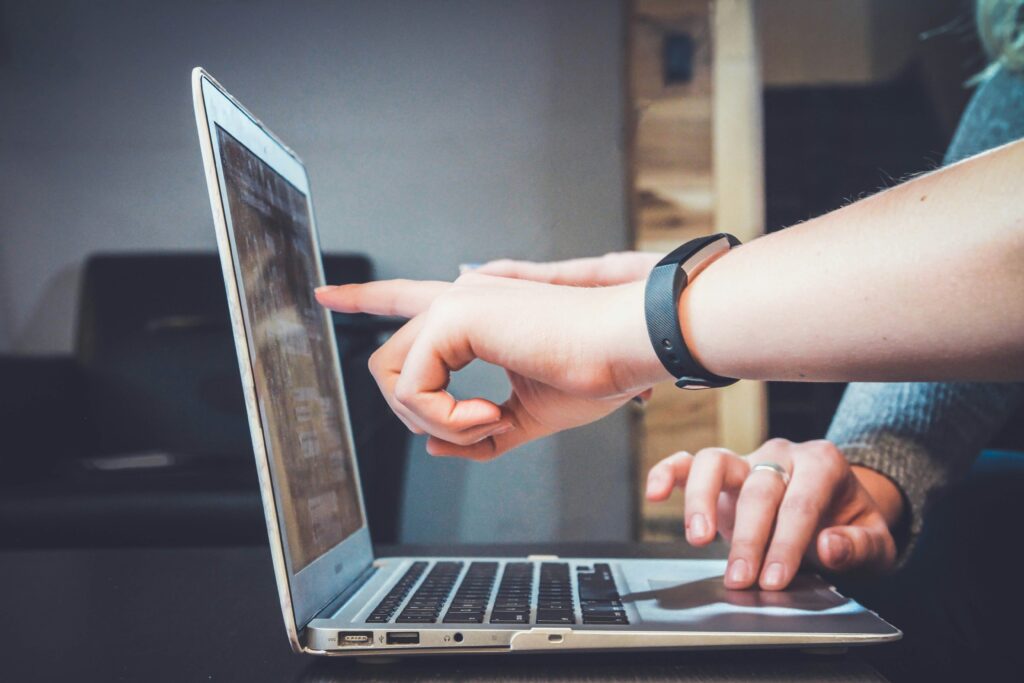
For employers, safeguarding trade secrets and requiring that employees sign non-disclosure agreements are now more crucial than ever. On April 23, the Federal Trade Commission issued a final rule that, if it survives challenges that have already been filed in the courts, will ban the noncompete restrictions many employers used to prevent departing employees from taking trade secrets to a competitor. While the final rule is being litigated, there are still alternative claims employers can bring against former employees who take trade secrets to a competitor. KPM Analytics N. Am. Corp. v. Blue Sun Sci., LLC, illustrates how state and federal trade secrets and unfair competition claims remain potent alternatives to protecting trade secrets and even allow employers to recover punitive damages.
To start, Defendant Irvin Lucas, while working for Plaintiff KPM, approached KPM’s competitor, Defendant Innovative Technologies Group (“ITG”), to form Blue Sun Scientific. Lucas and other employees stayed at KPM as they misappropriated KPM’s trade secrets for Blue Sun’s benefit. For example, Lucas and others used phony email addresses to hide their identities, misrepresented KPM’s business, diverted KPM customers to Blue Sun, and used KPM’s customer data to undercut KPM. The employees did this in violation of their KPM NDAs and noncompetes.
The Court found the noncompetes to be unenforceable, but KPM pursued claims under the Defend Trade Secrets Act (“DTSA”) and Massachusetts Uniform Trade Secrets Act (“MUTSA”) for trade secret misappropriation, the Massachusetts Consumer Protection Act (“MCPA”) for unfair or deceptive trade practices, and breach of the NDAs. A jury found that Blue Sun, Lucas, and the other employees misappropriated trade secrets under the DTSA and MUTSA, and that Lucas and the other employees breached their NDAs. The jury also found Blue Sun and ITG liable for unfair or deceptive trade practices under the MCPA. The jury awarded KPM actual damages of $1.8M from ITG, $1.5M from Blue Sun, $20K from Lucas, and a total of $27.5K from other individual employees. The Court assessed punitive damages of $1.8M against ITG, $1.5M against Blue Sun, $10K against Lucas, and $7.5K against another employee.
This case demonstrates the types of claims employers can bring against employees who misappropriate trade secrets. By bringing actions under state consumer protection laws alongside actions for federal and state trade secret laws, an employer may be able to recover compensatory and punitive damages. Issues of preemption must be considered, however. For example, claims under some state trade secret statutes may preempt claims under state unfair competition statutes where the unfair competition or deceptive act involved trade secret misappropriation. That said, to maintain these causes of action, employers should take appropriate measures to protect their valuable business information as trade secrets, such as requiring that employees sign NDAs, controlling and limiting access to trade secrets, and developing ways to monitor threats to their secrecy.
On April 12th, the 10th Circuit determined that I Dig Texas’ (“IDT”) use of the term “American-made” to promote its products and to discourage consumers from supporting its competitor, Creager, is inherently ambiguous. Thus, advertisements including that phrase for products assembled in the United States using components from other countries were not literally false under the Lanham Act. The 10th Circuit also affirmed no indirect copyright infringement damages were available to Creager for the use of its copyrighted images in IDT’s ads because Creager was unable to prove a nexus between IDT’s sales and its ads using the infringed photos. As such, the 10th Circuit granted summary judgment in favor of IDT on both Creager’s false advertising and copyright counterclaims and remanded the case to state court for a determination of the state law claims.
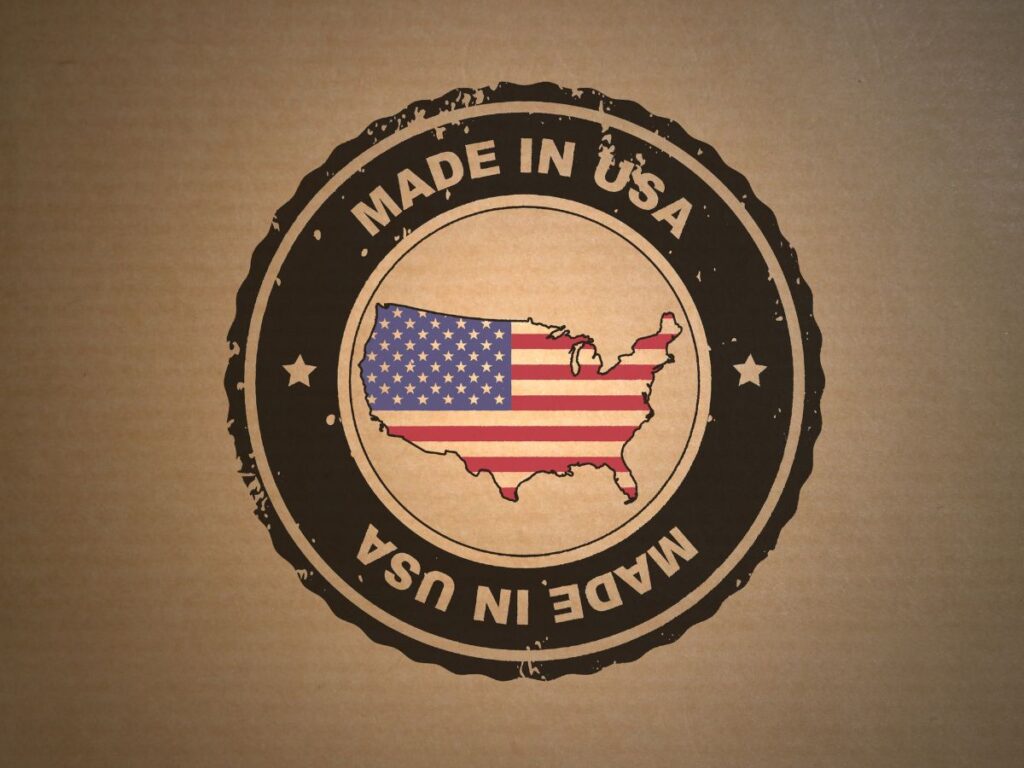
The Court considered whether IDT’s ads, bearing the words “Made in America,” and American flags, constituted false advertising. Under the Lanham Act, a claimant may show falsity in one of two ways: (1) when a statement is literally false, or (2) when a statement is literally true, but “likely to mislead or confuse customers.” The statement must be unambiguous to be literally false, meaning if a statement is susceptible to more than one reasonable interpretation it cannot be literally false. Creager only argued the ads were literally false and not that the ads were misleading. To determine whether IDT’s statement was “literally false,” the court asked, “what does it mean to make a product in the United States or in America?” The Court concluded that the term “make” was susceptible to more than one meaning. It could either refer to the origin of the components or the location of assembly of the product itself. Similarly, use of patriotic symbols is also ambiguous since the symbols may imply that the products are American-made, but this cannot be objectively verified as true or false.

The Court further affirmed summary judgment to IDT on Creager’s copyright counterclaims for the use of copyrighted images of Creager’s products next to a “Made in China” symbol, focusing on whether Creager could prove a nexus between IDT’s sales and use of the infringed images. The District Court granted summary judgment to IDT finding that IDT’s use of the images in comparative advertising was permissible fair use without reaching the nexus issue. The 10th Circuit did not address fair use and held there was no nexus because no evidence was presented that IDT sold any additional products due to its ads containing Creager’s copyrighted product photos.
This decision highlights the importance of pleading both “literal falsity” and “true, but likely to mislead” in false advertising cases, as well as the desirability of registering images prior to use in commerce for the availability of statutory damages in copyright infringement matters.
This presentation examines the essential role of intellectual property law in the success of inventors, entrepreneurs, and content creators. Additionally, this presentation addresses common questions and concerns within these industries, offering a platform to seek personalized legal advice for unique situations.
Patents are prohibited from claiming inventions that would have been obvious to a person having ordinary skill in the art (“POSITA”). This non-obviousness requirement is an application of the Constitution’s limitations on the scope and purpose of Congress’ authority to grant patents.
Congress’ power to award patent monopolies flows from Art. I, § 8, cl. 8 of the Constitution, which states: “Congress shall have Power … to promote the Progress of Science and Useful Arts, by securing for limited Times to Authors and Inventors the exclusive Right to their respective Writings and Discoveries.” “This clause is both a grant of power and a limitation” that “was written against the backdrop of the practices … of the Crown in granting monopolies to court favorites in goods or businesses which had long been enjoyed by the public.” Graham v. John Deere, 383 U.S. 1, 5 (1966). In other words, the Constitution forbids patents on obvious subject matter because they would not “promote the Progress of Science and the Useful Arts.”
As Graham made clear, Clause 8’s limiting language is no paper tiger:
Congress in the exercise of the patent power may not overreach the restraints imposed by the stated constitutional purpose. Nor may it enlarge the patent monopoly without regard to the innovation, advancement[,] or social benefit gained thereby. Moreover, Congress may not authorize the issuance of patents whose effects are to remove existent knowledge from the public domain, or to restrict free access to materials already available. Innovation, advancement, and things which add to the sum of useful knowledge are inherent requisites in a patent system which by constitutional command must ‘promote the Progress of * * * useful Arts.’ This is the standard expressed in the Constitution and it may not be ignored.
Id. (quoting U.S. Const., Art. I, § 8, cl. 8). Patent monopolies on obvious subject matter add no knowledge to the public domain, but rather remove existent knowledge, and undermine the Constitutional purpose of patents—promoting progress in the useful arts. KSR Intern. Co. v. Teleflex, 550 U.S. 398, 416 (2007).
While the first Patent Act, passed in 1790, did not contain any express requirement of non-obviousness, it did require that certain high-ranking government officials assess whether an invention was “sufficiently useful and important” to merit a patent. 1 Stat. 109-112, § 1 (Apr. 10, 1790). This examination criterion was intended to exclude frivolous and obvious patents. However, this requirement proved problematic because such officials lacked time to examine patents (resulting in a backlog). In 1791, Jefferson drafted a revised Patent Act dispensing with examination and the “sufficiently useful or important” criterion, substituting it with a provision for alleged infringers to challenge patents by proving them “so unimportant and obvious that it ought not to be the subject of an exclusive right.” The Writings of Thomas Jefferson, Vol. 5 at 279 (Feb. 7, 1791). However, Congress took no action on the draft bill that year, and upon resubmission the following year, the bill, after extensive revision, was passed as the Patent Act of 1793. This Act dispensed with examination1 and the requirement that inventions be “sufficiently useful and important,” as Jefferson had proposed, but did not incorporate the provision for invalidating obvious patents.
Following enactment of the Patent Act of 1793, some courts rejected the idea that there was any requirement for patentability beyond novelty and usefulness. See, e.g., Earle v. Sawyer, 8 F.Cas. 254, 255 (D. Mass. 1825) (rejecting any prohibition on obvious patents). However, in 1850, in Hotchkiss v. Greenwood, the Supreme Court recognized that patentability required more than what the ordinarily skilled artisan could envision. See 52 U.S. 248, 267 (emphasis added):
unless more ingenuity and skill … were required … than were possessed by an ordinary mechanic acquainted with the business, there was an absence of that degree of skill and ingenuity which constitute essential elements of every invention. In other words, the improvement is the work of the skillful mechanic, not that of the inventor.
The dissent asserted that the requirement lacked any basis in precedent2. Id. at 26869 (J. Woodbury, dissenting). However, Hotchkiss’ holding aligns with Clause 8’s requirements that patents promote the progress of the useful arts by requiring a patent to disclose something more than what was already within the knowledge or creativity of the field. Indeed, Hotchkiss’ reference to the ordinary mechanic’s “ingenuity,” makes clear that the Court was focusing on not only the ordinary mechanic’s knowledge and skills, but their creativity and what they could envision.
As the Supreme Court in Graham and KSR later found, the “premises [underlying Clause 8] led to the bar on patents claiming obvious subject matter established in Hotchkiss and codified in § 103.” KSR, 550 U.S. at 427. The non-obviousness requirement did not emerge from the judicial ether; it was contemplated from the start and needed to align the patent system with its Constitutional purpose.
